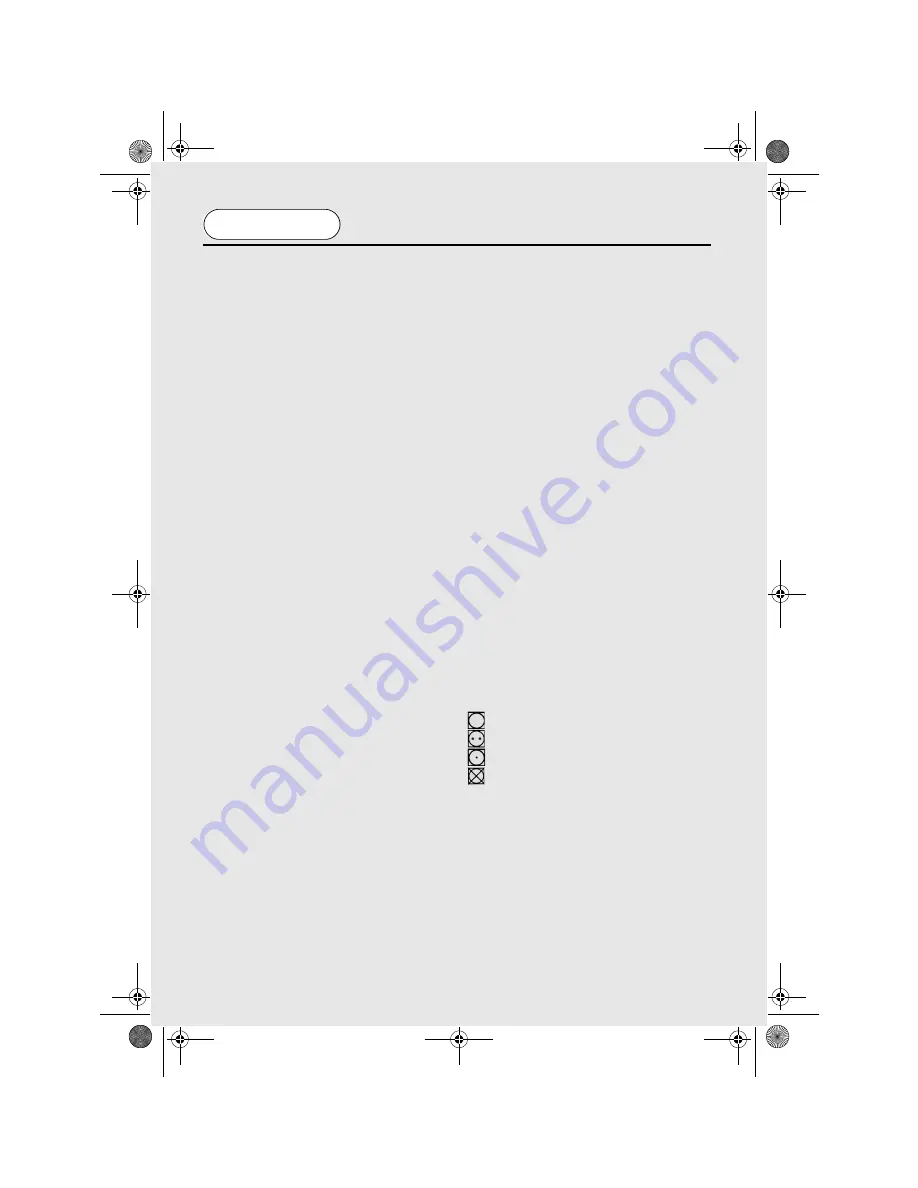
ENGLISH
6
Installation
requirements
IMPORTANT: This dryer must be
installed such that the air inlets and
outlets are not restricted (fig. 1).
1 - Supply cord
2 - Air inlets
3 - Air outlets
There should be a gap of at least 12 mm
(0.5 inches) between the sides rear and base
of the machine and the surrounding walls,
cabinets and floor.
To ensure adequate ventilation the space
between the bottom of the machine and the
floor must not be obstructed.
NEVER install the dryer up against
curtains.
Prevent items from falling or collecting
behind and beneath the dryer as these may
obstruct the air inlets and outlets.
Preparing the load
Before using the dryer for the first time
wipe the inside of the drum and door with a
damp cloth.
Make sure that the laundry you are going to
dry is suitable for drying in a tumble dryer,
as shown by the care symbols on each item.
Clothes preparation
Check that all fastenings are closed and that
pockets are empty. Turn the articles inside
out. Place clothes loosely in the drum to
make sure that they don’t get tangled.
Do not overload the drum, particularly
when drying large items, otherwise, the
laundry may stick to the drum and not dry
evenly.
Maximum drying weight
●
Cottons Max. 6 kg
●
Synthetics Max. 3 kg
Sort the load as follows:
A) By care symbols
On the collar or inside seam:
Suitable for tumble drying.
Tumble drying at high temperature.
Tumble drying at low temperature only.
Do not tumble dry.
B) By amount and thickness
Whenever the load is bigger than the
dryer capacity, separate clothes
according to thickness (e.g. towels
from thin underwear).
C) By type of fabric
Cottons/linen: Towels, cotton jersey,
bed and table linen.
Synthetics: Blouses, shirts, overalls,
etc. made of polyester or polyamid, as
well as for cotton/synthetic mixes.
40000299English.fm Page 6 Thursday, August 21, 2003 4:07 PM







































